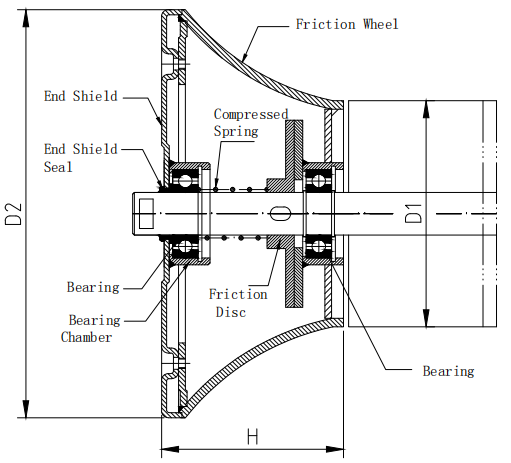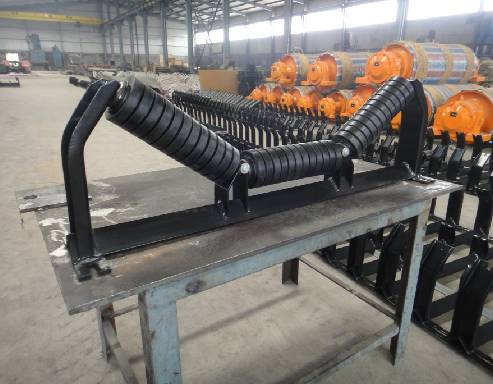 Afrikaans
Afrikaans  Albanian
Albanian  Amharic
Amharic  Arabic
Arabic  Armenian
Armenian  Azerbaijani
Azerbaijani  Basque
Basque  Belarusian
Belarusian  Bengali
Bengali  Bosnian
Bosnian  Bulgarian
Bulgarian  Catalan
Catalan  Cebuano
Cebuano  Corsican
Corsican  Croatian
Croatian  Czech
Czech  Danish
Danish  Dutch
Dutch  English
English  Esperanto
Esperanto  Estonian
Estonian  Finnish
Finnish  French
French  Frisian
Frisian  Galician
Galician  Georgian
Georgian  German
German  Greek
Greek  Gujarati
Gujarati  Haitian Creole
Haitian Creole  hausa
hausa  hawaiian
hawaiian  Hebrew
Hebrew  Hindi
Hindi  Miao
Miao  Hungarian
Hungarian  Icelandic
Icelandic  igbo
igbo  Indonesian
Indonesian  irish
irish  Italian
Italian  Japanese
Japanese  Javanese
Javanese  Kannada
Kannada  kazakh
kazakh  Khmer
Khmer  Rwandese
Rwandese  Korean
Korean  Kurdish
Kurdish  Kyrgyz
Kyrgyz  Lao
Lao  Latin
Latin  Latvian
Latvian  Lithuanian
Lithuanian  Luxembourgish
Luxembourgish  Macedonian
Macedonian  Malgashi
Malgashi  Malay
Malay  Malayalam
Malayalam  Maltese
Maltese  Maori
Maori  Marathi
Marathi  Mongolian
Mongolian  Myanmar
Myanmar  Nepali
Nepali  Norwegian
Norwegian  Norwegian
Norwegian  Occitan
Occitan  Pashto
Pashto  Persian
Persian  Polish
Polish  Portuguese
Portuguese  Punjabi
Punjabi  Romanian
Romanian  Russian
Russian  Samoan
Samoan  Scottish Gaelic
Scottish Gaelic  Serbian
Serbian  Sesotho
Sesotho  Shona
Shona  Sindhi
Sindhi  Sinhala
Sinhala  Slovak
Slovak  Slovenian
Slovenian  Somali
Somali  Spanish
Spanish  Sundanese
Sundanese  Swahili
Swahili  Swedish
Swedish  Tagalog
Tagalog  Tajik
Tajik  Tamil
Tamil  Tatar
Tatar  Telugu
Telugu  Thai
Thai  Turkish
Turkish  Turkmen
Turkmen  Ukrainian
Ukrainian  Urdu
Urdu  Uighur
Uighur  Uzbek
Uzbek  Vietnamese
Vietnamese  Welsh
Welsh  Bantu
Bantu  Yiddish
Yiddish  Yoruba
Yoruba  Zulu
Zulu Feb . 17, 2025 21:58
Back to list
conveyor idlers
Conveyor idlers play a pivotal role in the efficient functioning of conveyor systems across various industries, from mining to manufacturing. Their importance cannot be overstated, as the type of idler used can significantly affect system performance, maintenance costs, and safety. Here's an in-depth exploration of the different types of conveyor idlers, tailored to help businesses make informed decisions.
5. Self-aligning Idlers These idlers automatically adjust to align the conveyor belt along its intended path. They encompass both carrying and return idlers and are particularly beneficial for long conveyor systems with changing load conditions. By actively correcting the belt's path, self-aligning idlers significantly reduce operational downtime and maintenance interventions. 6. V-return Idlers V-return idlers enhance the return operation of the conveyor by ensuring the belt returns in a trough configuration. This setup provides additional stability and ensures efficient belt cleaning processes, critical for operations dealing with wet or sticky materials. Industries such as cement manufacturing with high emphasis on cleanliness greatly benefit from V-return idlers. 7. Transition Idlers Placed at the points where the conveyor belt transitions from a flat to a trough, or vice versa, transition idlers aid in reducing belt stress. Such configurations are necessary to maintain belt integrity and performance, especially in high-speed or high-capacity applications. By ensuring smooth transitions, these idlers contribute significantly to extending belt life. 8. Rubber Disc Idlers These idlers find their application in environments susceptible to material build-up and belt slippage. The rubber discs effectively clean the belt while maintaining minimal resistance during operations. Industries handling adhesive or wet materials value rubber disc idlers for their dual function of cleaning and transporting. Selecting the appropriate type of conveyor idler is essential for any operation aiming to optimize efficiency, safety, and cost-effectiveness. Consultations with experienced engineers and idler manufacturers who understand the unique challenges of particular environments can provide insights that are critical for making the right choice. Furthermore, regular maintenance and adjustments of idlers are indispensable practices that ensure the longevity and performance of the conveyor system. As industries continue to evolve, advancements in idler technology promise enhanced capabilities, underscoring the importance of staying informed and adaptable.


5. Self-aligning Idlers These idlers automatically adjust to align the conveyor belt along its intended path. They encompass both carrying and return idlers and are particularly beneficial for long conveyor systems with changing load conditions. By actively correcting the belt's path, self-aligning idlers significantly reduce operational downtime and maintenance interventions. 6. V-return Idlers V-return idlers enhance the return operation of the conveyor by ensuring the belt returns in a trough configuration. This setup provides additional stability and ensures efficient belt cleaning processes, critical for operations dealing with wet or sticky materials. Industries such as cement manufacturing with high emphasis on cleanliness greatly benefit from V-return idlers. 7. Transition Idlers Placed at the points where the conveyor belt transitions from a flat to a trough, or vice versa, transition idlers aid in reducing belt stress. Such configurations are necessary to maintain belt integrity and performance, especially in high-speed or high-capacity applications. By ensuring smooth transitions, these idlers contribute significantly to extending belt life. 8. Rubber Disc Idlers These idlers find their application in environments susceptible to material build-up and belt slippage. The rubber discs effectively clean the belt while maintaining minimal resistance during operations. Industries handling adhesive or wet materials value rubber disc idlers for their dual function of cleaning and transporting. Selecting the appropriate type of conveyor idler is essential for any operation aiming to optimize efficiency, safety, and cost-effectiveness. Consultations with experienced engineers and idler manufacturers who understand the unique challenges of particular environments can provide insights that are critical for making the right choice. Furthermore, regular maintenance and adjustments of idlers are indispensable practices that ensure the longevity and performance of the conveyor system. As industries continue to evolve, advancements in idler technology promise enhanced capabilities, underscoring the importance of staying informed and adaptable.
Latest news
-
Revolutionizing Conveyor Reliability with Advanced Rubber Lagging PulleysNewsJul.22,2025
-
Powering Precision and Durability with Expert Manufacturers of Conveyor ComponentsNewsJul.22,2025
-
Optimizing Conveyor Systems with Advanced Conveyor AccessoriesNewsJul.22,2025
-
Maximize Conveyor Efficiency with Quality Conveyor Idler PulleysNewsJul.22,2025
-
Future-Proof Your Conveyor System with High-Performance Polyurethane RollerNewsJul.22,2025
-
Driving Efficiency Forward with Quality Idlers and RollersNewsJul.22,2025
OUR PRODUCTS





























